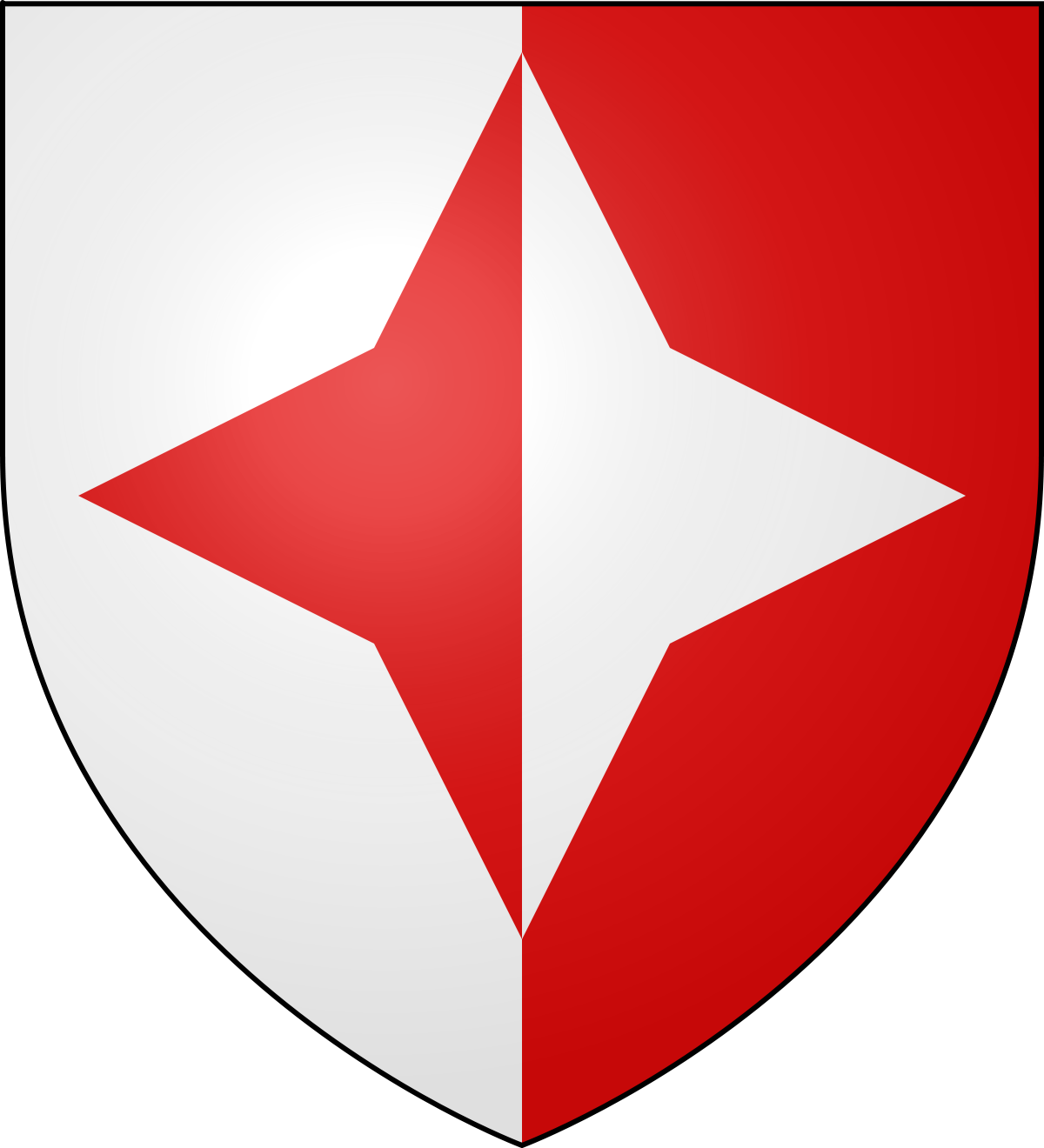Sliema got its name from a chapel dedicated to The Virgin Mary under the title of Star of the Sea, which served as a beacon and a reference point to the few fishermen who lived in that area. The name could thus be connected with the first words of the Hail Mary prayer, which in Maltese is “Sliem Għalik Marija”. Sliem is the Maltese word meaning peace.
At the Great Siege of 1565, il-Qortin, as it was then known, was a camp centre for Turkish troops led by Dragut. He met his fate there, having been killed by a bombardment from Fort St. Elmo at the other flank of Marsamxett Harbour, where Sliema stands. Fort Tigne was eventually developed by the Knights of St. John in the late 18th century and further developed by the British in later years.
In 1855 a new church dedicated to Our Lady Star of the Sea “Stella Maris” was built. Around the new church, the small village grew into a town. By 1878, the population grew to an extent that the religious authorities had the Stella Maris Church declared a Parish in its own right and it was separated from that of Birkirkara.
The town began to develop rapidly in the second half of the 19th century and later it became popular as a summer resort for wealthier Valletta residents. Their elegant villas and town houses lined the quiet, inland streets. Various Victorian buildings graced its three kilometre sea promenade which overlooked rugged rocks, farms and even a small sandy beach. The farm was eventually abandoned and in 1990, was transformed into a coastline garden known as Ġnien Indipendenza (Independence Garden).





